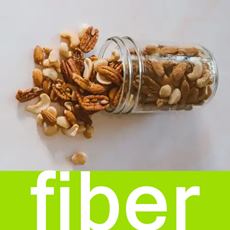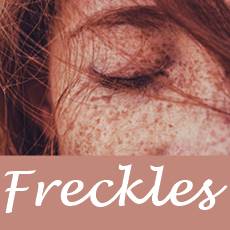Basil: Uses and Benefits
Herb with bioactive properties
Fact Checked
×All the content published in our website is fact checked to validate its accuracy.
Visit our guidelines web page to learn more about our strict processes regarding how we review our content's sources: reliable and reputable journals, media websites, universities, colleges, organizations, and professionals.
Our articles are based on scientific evidence, and the references are included in their footnotes, which are clickable links to sound scientific papers.
First published: 02. Dec.2024
Overview
Basil is used to season many dishes, from the famous Italian pesto to tomato sauce, pizza, salads, and dressings. This herb also has an ancient history in traditional medicine across the world. This article will mention these other science-backed health benefits.
References and Further Reading
(1) Bensaid A, Boudard F, Servent A, Morel S, Portet K, Guzman C, Vitou M, Bichon F, Poucheret P., (2022). Differential Nutrition-Health Properties of Ocimum basilicum Leaf and Stem Extracts. Foods. 2022 Jun 9;11(12):1699. doi: 10.3390/foods11121699. PMID: 35741897
(2) Singletary, Keith W., (2018). Basil: A Brief Summary of Potential Health Benefits. Nutrition Today 53(2):p 92-97, 3/4 2018. | DOI: 10.1097/NT.0000000000000267
(3) Azizah NS, Irawan B, Kusmoro J, Safriansyah W, Farabi K, Oktavia D, Doni F, Miranti M., (2023). Sweet Basil (Ocimum basilicum L.)-A Review of Its Botany, Phytochemistry, Pharmacological Activities, and Biotechnological Development. Plants (Basel). 2023 Dec 13;12(24):4148. doi: 10.3390/plants12244148. PMID: 38140476
(4) Kamelnia E, Mohebbati R, Kamelnia R, El-Seedi HR, Boskabady MH., (2023). Anti-inflammatory, immunomodulatory and anti-oxidant effects of Ocimum basilicum L. and its main constituents: A review. Iran J Basic Med Sci. 2023;26(6):617-627. doi: 10.22038/IJBMS.2023.67466.14783. PMID: 37275758
(5) EFSA, (2009). Scientific Opinion on the substantiation of health claims related to Ocimum basilicum L. and improvement of diuretic function (ID 2314, 3465) pursuant to Article 13(1) of Regulation (EC) No 1924/2006. European Food Safety Authority. 25 November 2009
(6) Mahdieh Ahmadifard, Sajad Yarahmadi, Arash Ardalan, Farzad Ebrahimzadeh, Parviz Bahrami, Elham Sheikhi, (2020). The Efficacy of Topical Basil Essential Oil on Relieving Migraine Headaches: A Randomized Triple-Blind Study. Complement Med Res 8 October 2020; 27 (5): 310–318. https://doi.org/10.1159/000506349
About this Article
Basil: Uses and Benefits, A. Whittall
©2024 Fit-and-Well.com. First Published: 02.Dec.2024. Update scheduled for 02.Dec.2027. https://www.fit-and-well.com/diet-food/basil-uses-benefits.html
Tags: basil, essential oils, digestive health, polyphenols, inflammation, pesto, memory, acne, oral health, asthma, diabetes, cholesterol




